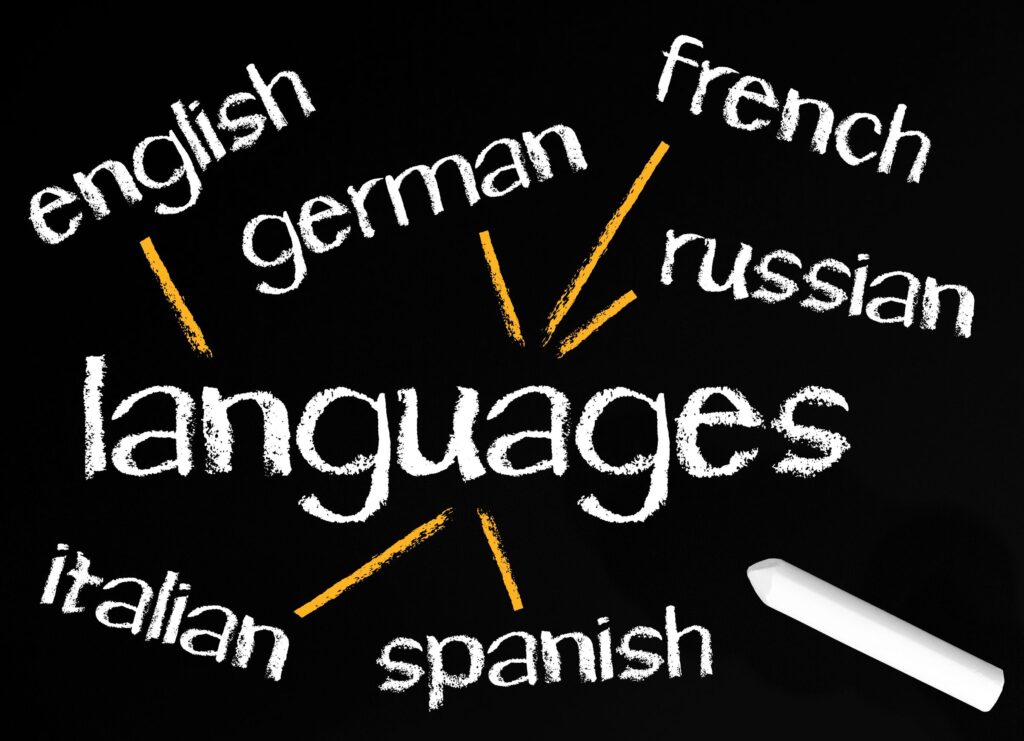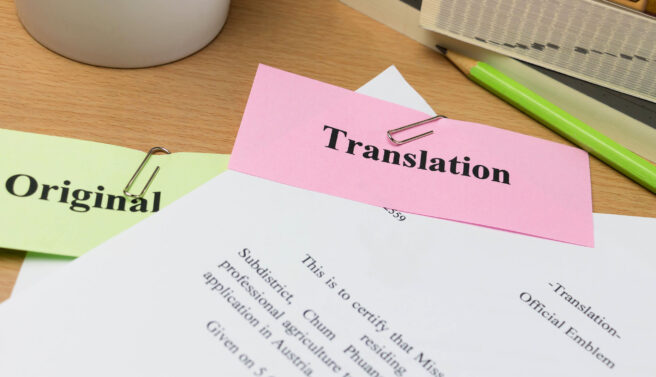The United States is now one of the countries with the most number of people infected with COVID-19. According to Worldometers.info, the latest statistics indicate that the reported cases in the United States have reached 238,836 (as of April 2, 2020). Fighting this global pandemic is very difficult, compounded by the absence of specific vaccines and medicine to combat the disease.
It is already harrowing to test positive for COVID-19 infection, but not understanding what disease you have and what you are about to face is pure torture. The United States is a country with a large immigrant population, where about 430 languages are spoken. With the current crisis affecting the country, many COVID-19 patients who have limited proficiency in the English language are not receiving proper medical care.
Overworked Healthcare Staff and Scarce Medical Supplies
Medical workers world-wide are working around the clock to provide healthcare to people infected by the highly infectious disease. With the speed of transmission of the coronavirus, hospitals, clinics and other healthcare facilities are swamped with people being tested and treated.
Medical front liners are doing their best amidst this crisis, and they are putting themselves at risk of infection because they come face-to-face with people who are already infected and people who are showing symptoms of the disease. They attend to each patient who comes for checkup or treatment.
The process takes time, as the health worker has to take either a nasopharyngeal swab or a viral throat swab. The specimen will be processed in a laboratory using the recommended testing kit. The test result, whether positive or negative for COVID-19 infection can be available within seven days. In the meantime, people who have undergone COVID-19 testing should stay at home and practice self-quarantine while waiting for the result.
Right now only people who are showing the symptoms of COVID-19 infection, such as fever, dry cough or sore throat and difficulty in breathing are allowed to receive the test. The lack of testing kits is the main reason why not everyone can be tested.
#COVID-19 Information Campaign
The website of the Center for Disease Control and Prevention (CDC) is available in several languages, so people who do not speak English fluently can access the site and read the information about COVID-19 in their language.
In a county in Oregon, translation of the fact sheet about COVID-19 is available in these languages:
- Amharic
- Arabic
- Burmese
- Spanish
- Traditional Chinese
- Simplified Chinese
- Farsi
- Chuukese
- French
- Swahili
- Japanese
- Kosraean
- Nepali
- Korean
- Russian
- Pohnpeian
- Palauan
- Somali
- Tigrinya
- Thai
- Tongan
- Vietnamese
We can assume that many communities around the United States are also doing the same thing. After all, all healthcare facilities in the U.S. that receive federal funding must provide language access to all patients, regardless of place of origin, race, or color under the Title VI of the Civil Rights Act of 1964.
Amendments to the law were put in place by succeeding administrations. Section 1557 of the Affordable Care Act of 2010 (ACA/Obama Care), explicitly states that discrimination based on age, race, color, sex, disability or national origin is strictly prohibited. Entities and facilities covered by ACA, must inform the public that they provide language services to those who have limited capacity to read, understand, write or speak English.
Facilities should provide translation and interpreting services and post information and taglines in the top 15 languages that residents in the specific community speak.
Implementation of and Adherence to the Law on Language Access
The laws are in place. In a medical crisis such as the COVID-19 pandemic, language access would be helpful, particularly to the immigrant communities. Alas, in many parts of the U.S., the implementation of the language access program is still incomplete.
For interpreting services, many healthcare facilities either choose to have interpreter on demand, over-the-phone interpreting or video remote interpreting. These facilities work with professional translation and interpreting agencies to provide language services.
But for a public health crisis of this magnitude, remote interpreting services might not be enough.
For example, in New York, a medical worker reported to have waited 10 minutes to get an interpreter on the phone. So precious minutes at the time when quick response was needed was wasted.
During the onset of the pandemic, chaotic situations can be seen in almost all healthcare facilities. And the lack of translator or interpreter on the scene makes it worse. The same medical worker said that a patient having symptoms of coronavirus infection was placed in the same room as other patients. Later, a doctor realized that the patient was infected with coronavirus. The patient spoke Hungarian and the doctor did not understand her. She passed away before she could receive treatment.
Physical Barriers
Life becomes more difficult for the patients and healthcare workers. Patients who tested positive for COVID-19 are confined to hospitals. They are usually fitted with oxygen masks because they have difficulty breathing. Medical workers wear N95 masks or surgical masks as well as face helmets. These pieces of protective equipment make it hard for an interpreter on the phone to clearly hear and comprehend what the patient or the doctor says, making translation difficult.
Room for Grave Misunderstandings
The above scenario is happening right now in many parts of the country, which places non-English speakers at a great disadvantage. Even during normal times, many immigrants who can barely speak English cannot gain full access to medical care. You can imagine the situation right now, when people are in panic and many of them want to be tested.
The packed clinics and hospitals, and the lack of English language skills may prevent those infected with COVID-19 to seek medical help. If they do not receive the right information in their language, they can potentially spread the virus further. Even if they have mild symptoms and sent home, they should be aware of what to do, what to avoid, and how long they should stay away from other people, including family members. Without the proper instructions, they will be putting themselves and the people they are in contact with, at risk.
Partner with Us! We can help you with professional translation and interpreting services in this health crisis
The right information about the global pandemic should reach every citizen in the United States. We at eTranslation Services have a network of native speaking translators and interpreters, handling more than 100 languages. We can help translate information materials regarding COVID-19. With the directive to practice personal distancing, it is better to disseminate information regarding the highly infectious disease through pamphlets, fliers, and posters. We also have professional medical interpreters if you need remote interpreting services for your healthcare facility. Kindly get in touch with us via [email protected] or give us a call at (800) 882-6058.



